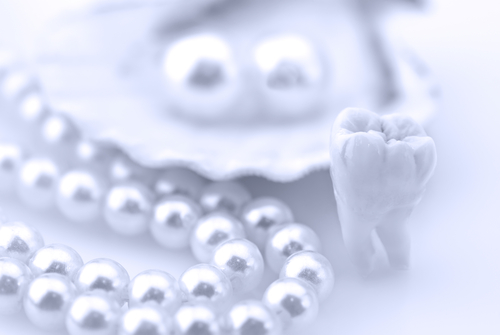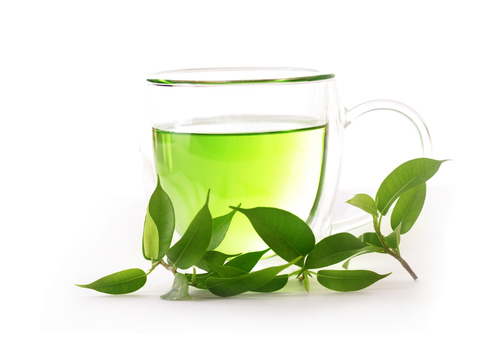 Everyone loves a good glass of bubbly now and then. I’m not talking about champagne; I’m talking about soda! Sodas are sweet, tasty, and come in hundreds of different flavors and colors. There’s nothing better than the sound of a can popping open on a hot summer day, but doctors have discovered a ton of health risks connected with drinking soda pop.
Everyone loves a good glass of bubbly now and then. I’m not talking about champagne; I’m talking about soda! Sodas are sweet, tasty, and come in hundreds of different flavors and colors. There’s nothing better than the sound of a can popping open on a hot summer day, but doctors have discovered a ton of health risks connected with drinking soda pop.
I’m Dr. Peter Pate of Dentistry in Buckhead, and I want to tell you a few reasons why soda may be a thing good to avoid.
- Soda is truly worthless to your body. “It has absolutely no nutritional value. Soda is filled with sugar and calories and nothing else,” American Dietetic Association spokeswoman Keri M. Gans says. If you think you’re off the hook because you drink diet soda, think again. Diet sodas don’t have any nutritionally redeeming qualities.
- Soda damages your teeth. Obviously, as a dentist, I want to help you maintain a healthy and beautiful smile. Soda and other sugary confections contribute nothing positive to your oral health. The sugar in soda coats your teeth and combines with bacteria in your mouth to form acid. These acids weaken your tooth enamel, which can cause cavities and tooth decay.
- Drinking soda can weaken your bones. Soda is bad for your bones, just like it’s bad for your teeth. The phosphorous and caffeine agents in soda might contribute to osteoporosis. If you are a soda drinker, your bones might be deprived of calcium because you aren’t drinking enough milk.
- Soda can harm your major organs. The consumption of soft drinks may be linked to chronic kidney disease, development of metabolic syndrome, increased heart risk, obesity, and liver disease.
Experts say that soda contributes nothing positive to your overall health, and as a care provider, I have to agree. Healthy drinks, however, contain vitamins and minerals your body can utilize. Milk, tea, and fruit juice (in small amounts due to added sugar) are healthy alternatives to soda. Of course, water is the best thing you can give your body. It has the power to rehydrate your body without adding extra calories.
For more information about what you can do to maintain a healthy mouth, please contact my office in Atlanta at (404) 266-9424.






